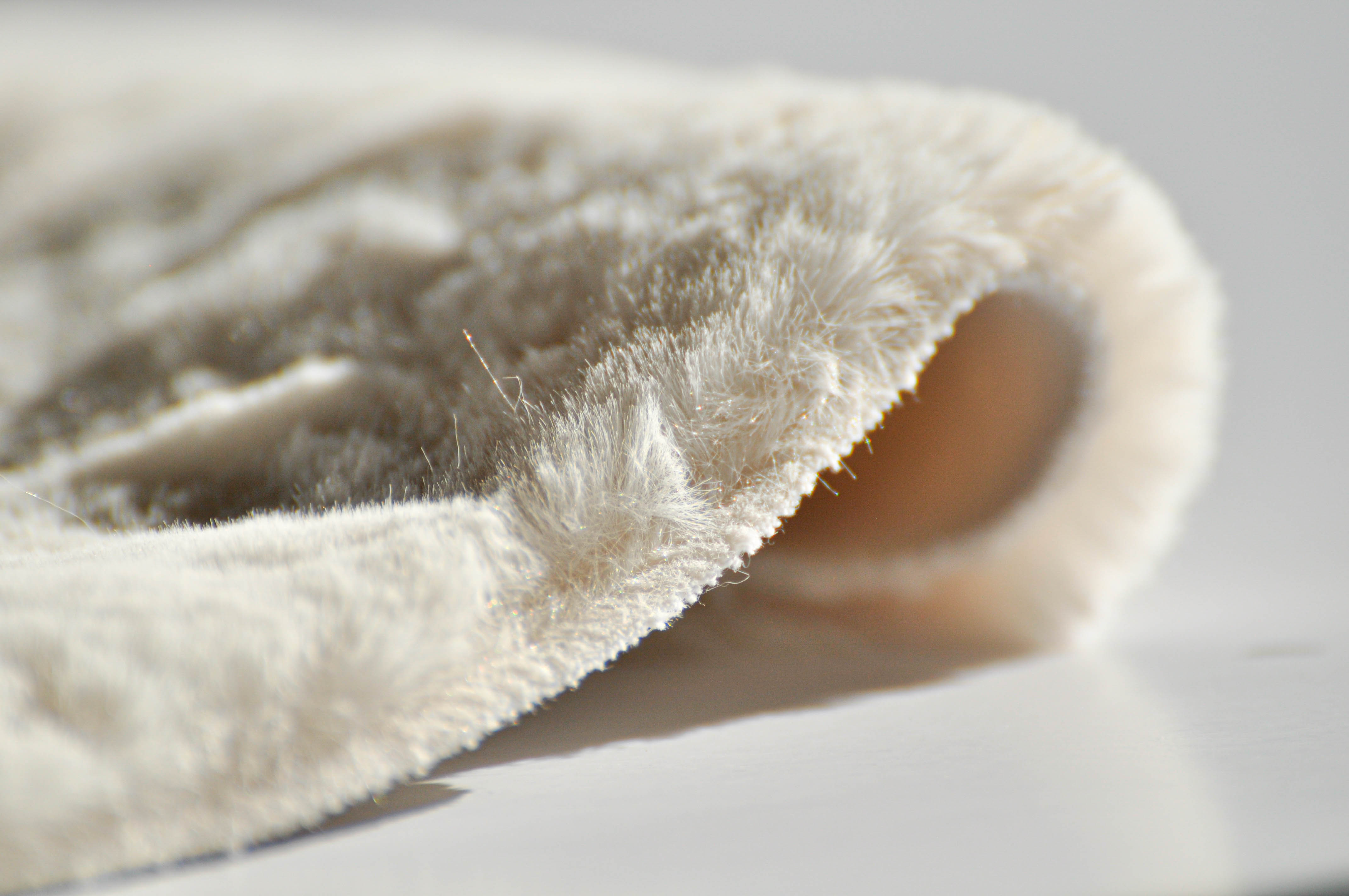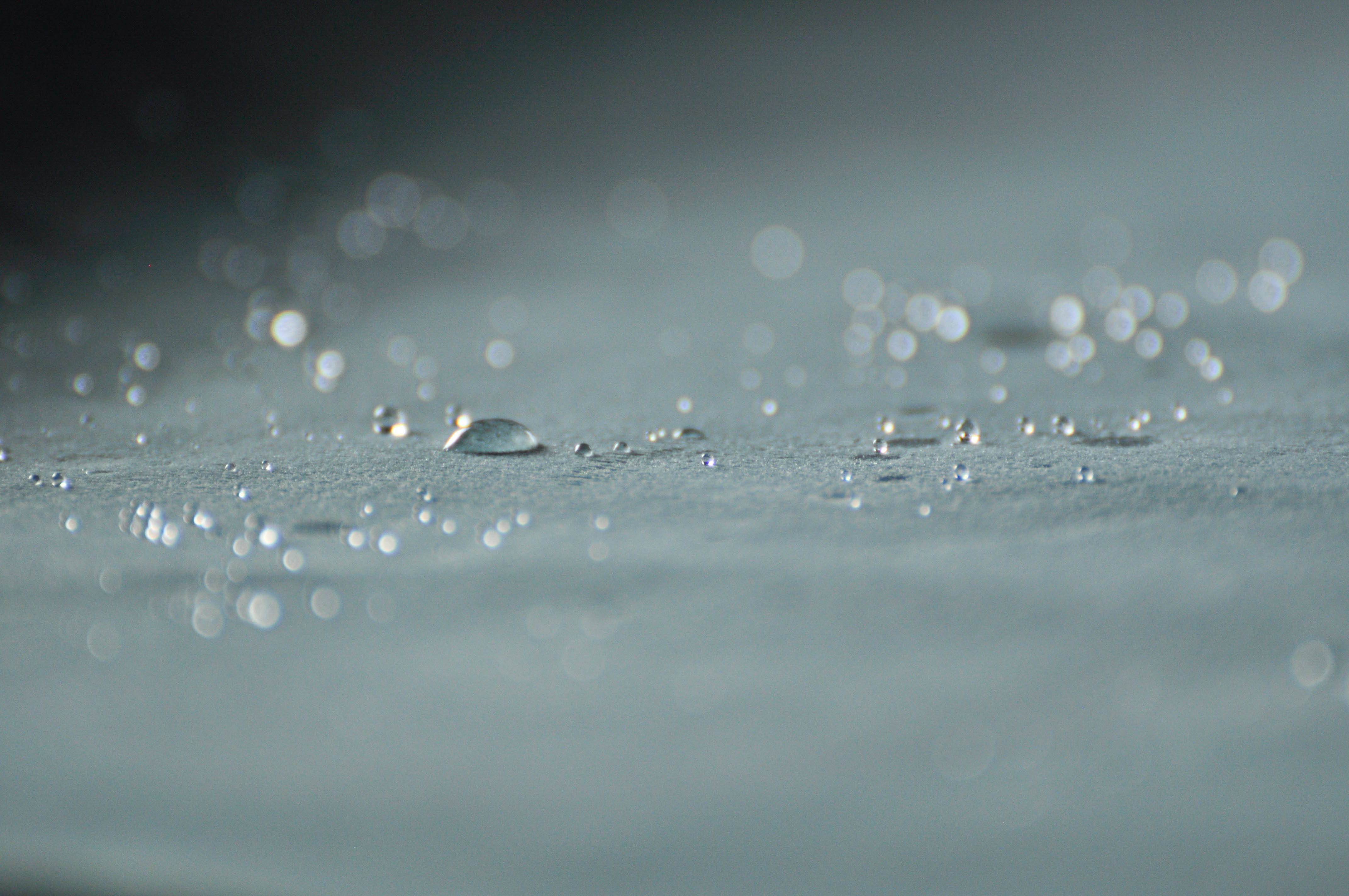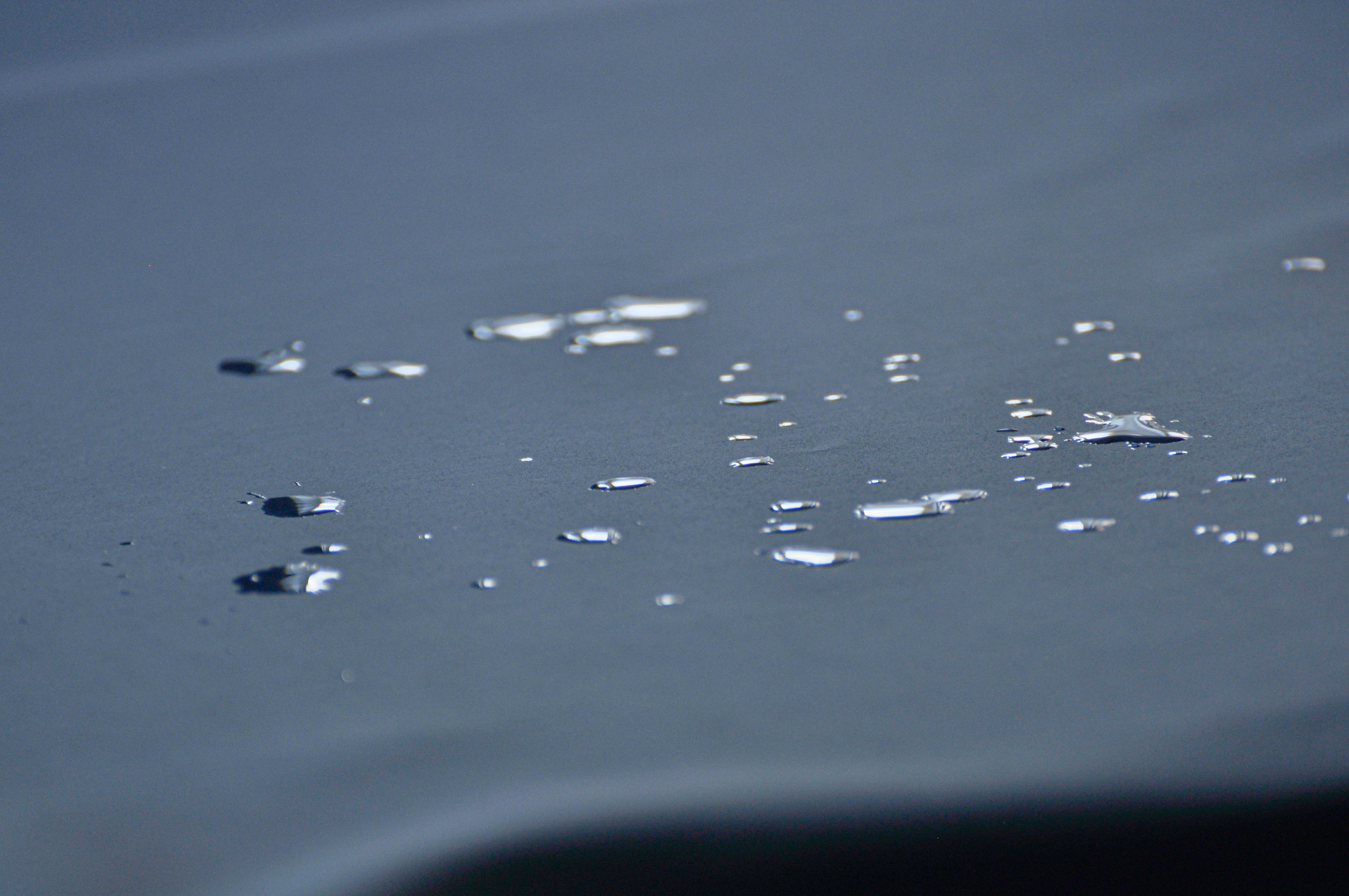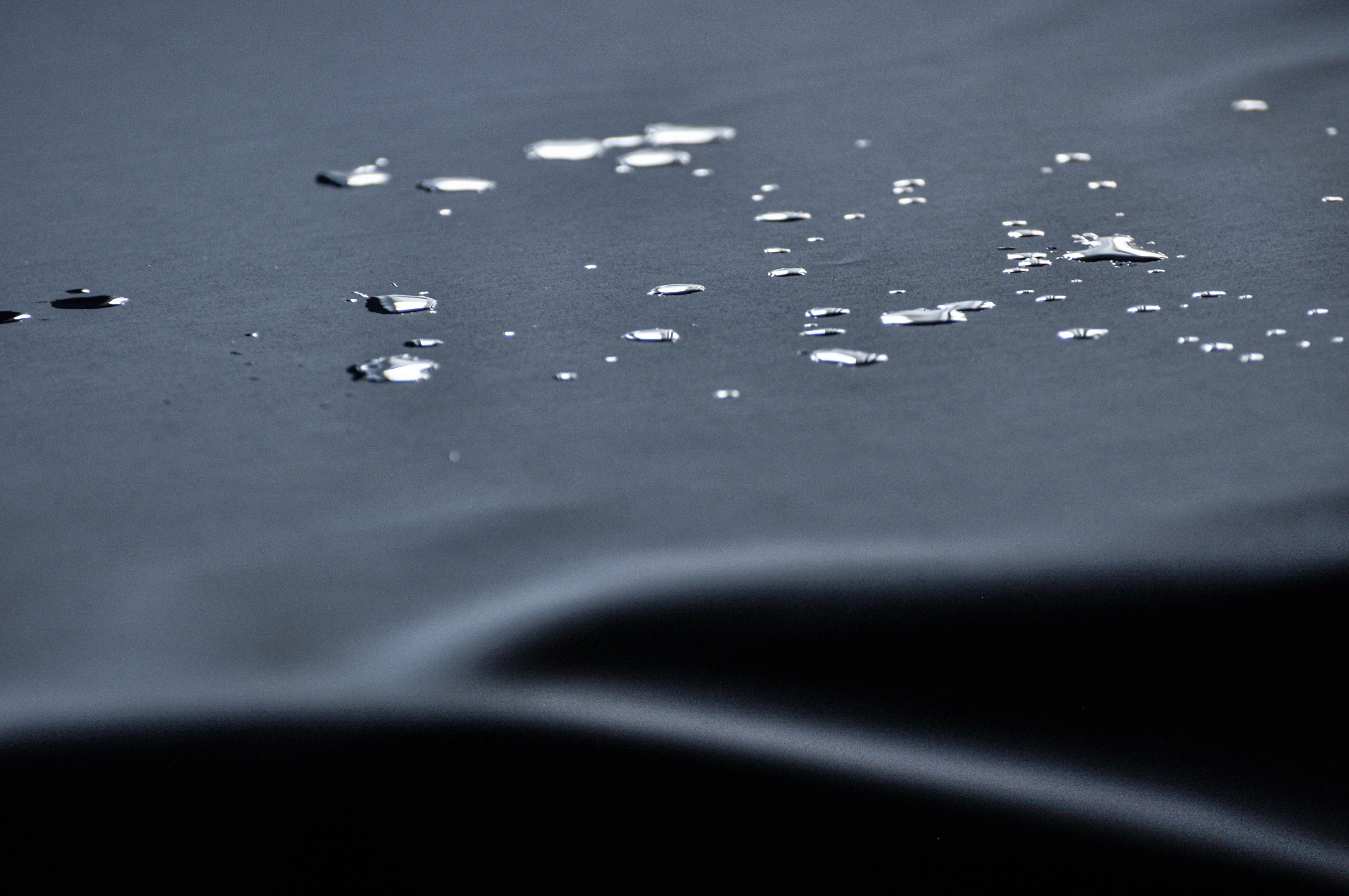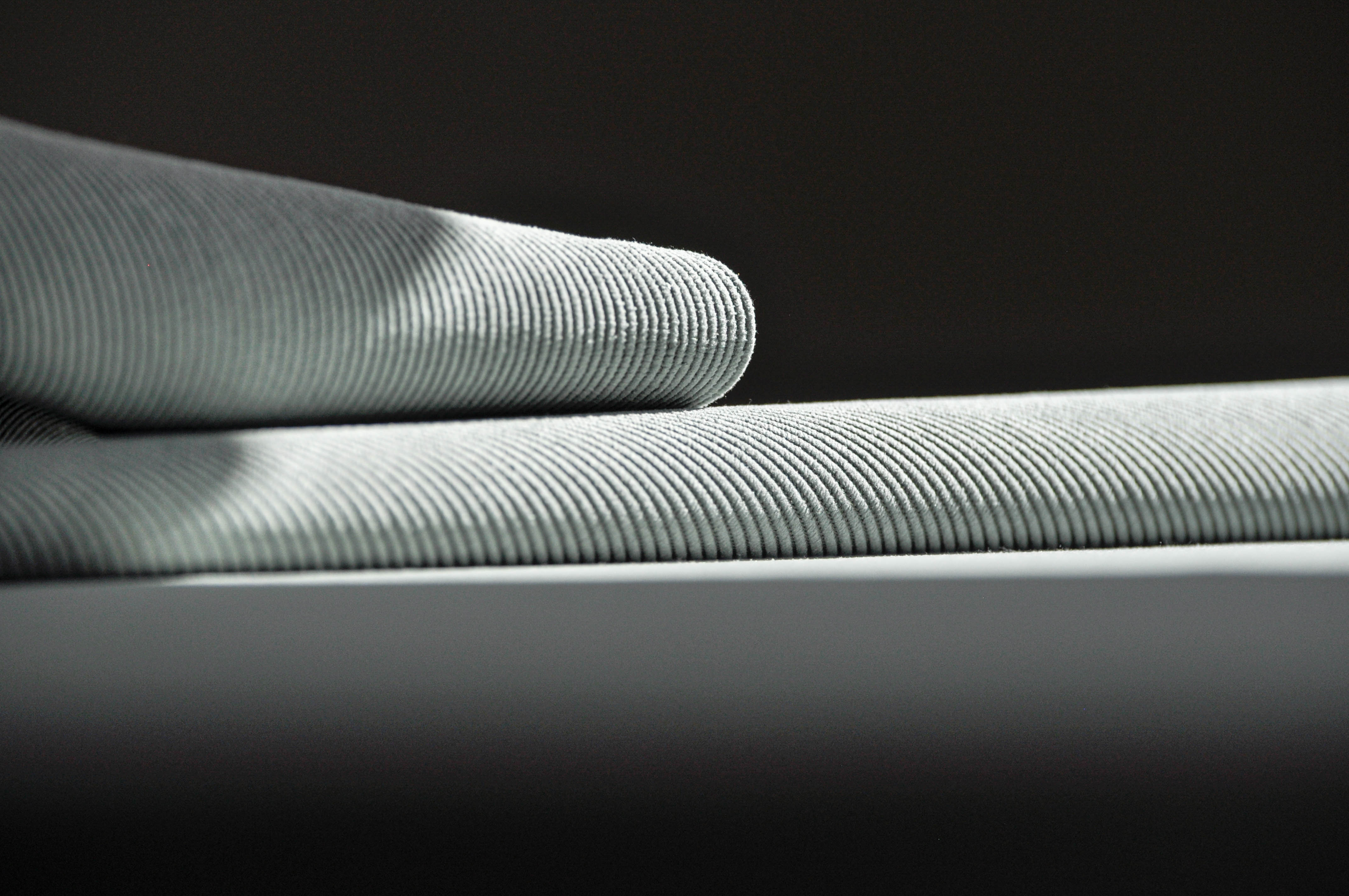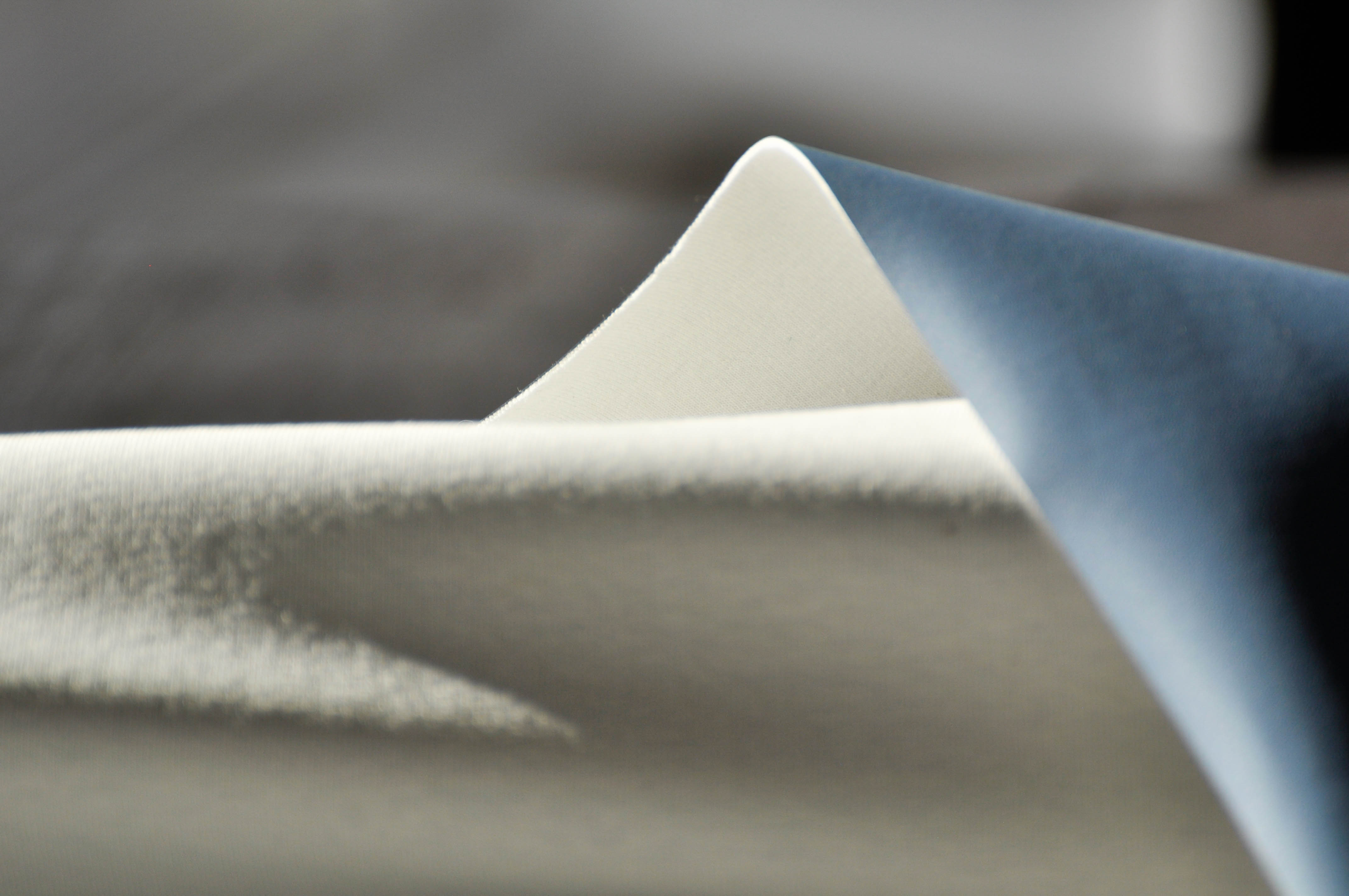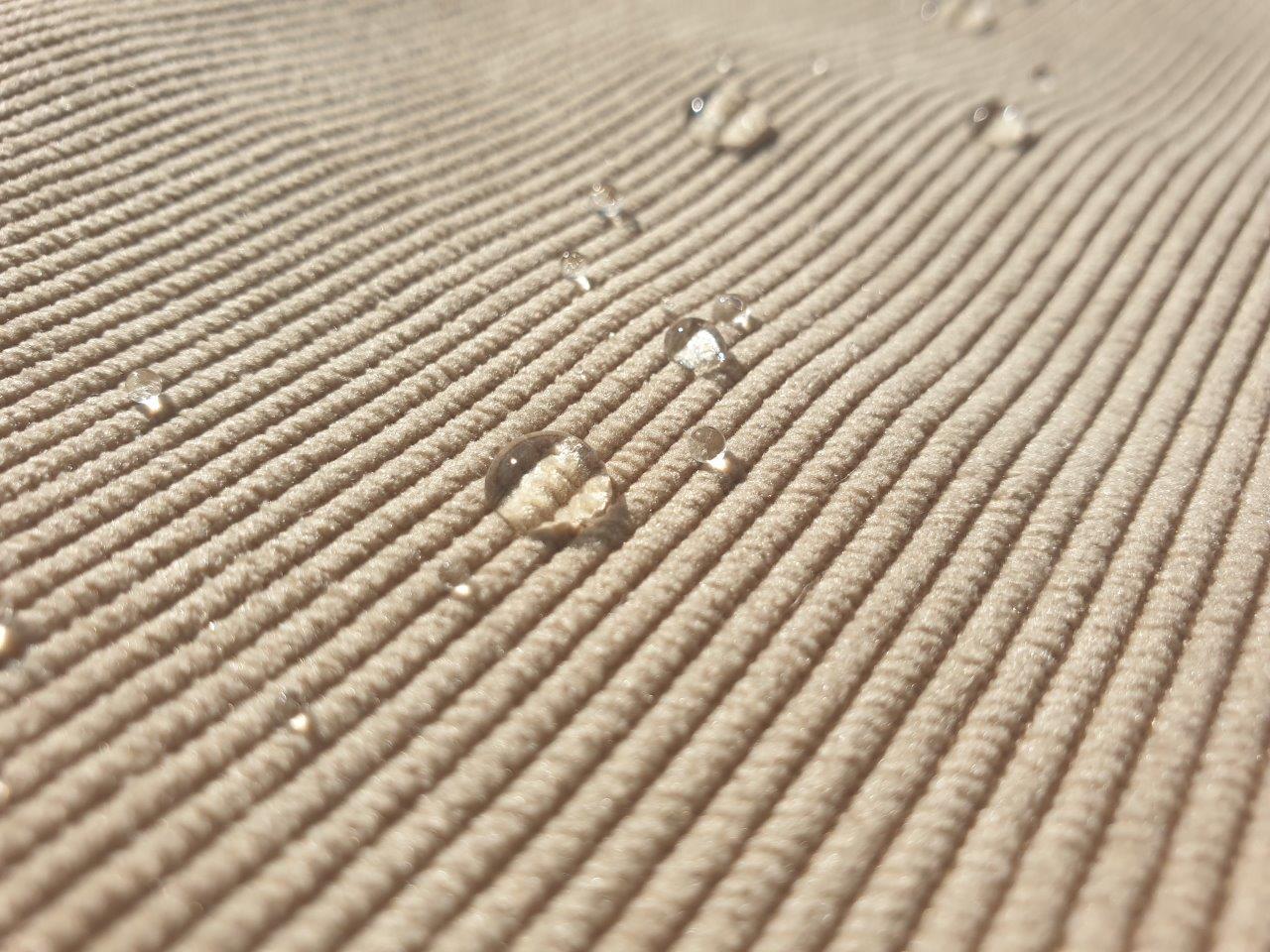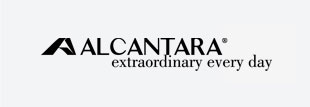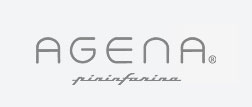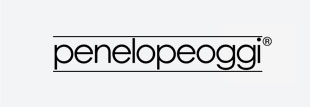HEALTH TRENDS
What is the current meaning of “healthy”?
The concern for health, choosing and surrounding oneself with health products is certainly the most important macro-trend in the modern world. Healthy food, healthy air, healthy water, healthy cosmetics, healthy clothing, healthy workplaces, healthy rest – today, health-related arguments undoubtedly drive consumer choices in almost every area of life.
No wonder that the textile industry, which produces fabrics accompanying us all the time and having direct contact with our skin, should care about safety, especially by developing increasingly more reliable and safer solutions.
In the post-pandemic reality, there will be even greater focus on these aspects and producers will be held accountable for health-oriented actions and safeguards.
For many years, most of the hygiene certificates in the market have reflected fabric production standards. However, these standards are now becoming stricter in the face of the current events, and it is likely that all of the certificates will now be extended to include further restrictions and requirements in order to ensure maximum user safety. Additionally, the awareness of customers in this field is growing year by year and when shopping, they check fabric and textile certificates increasingly more often.
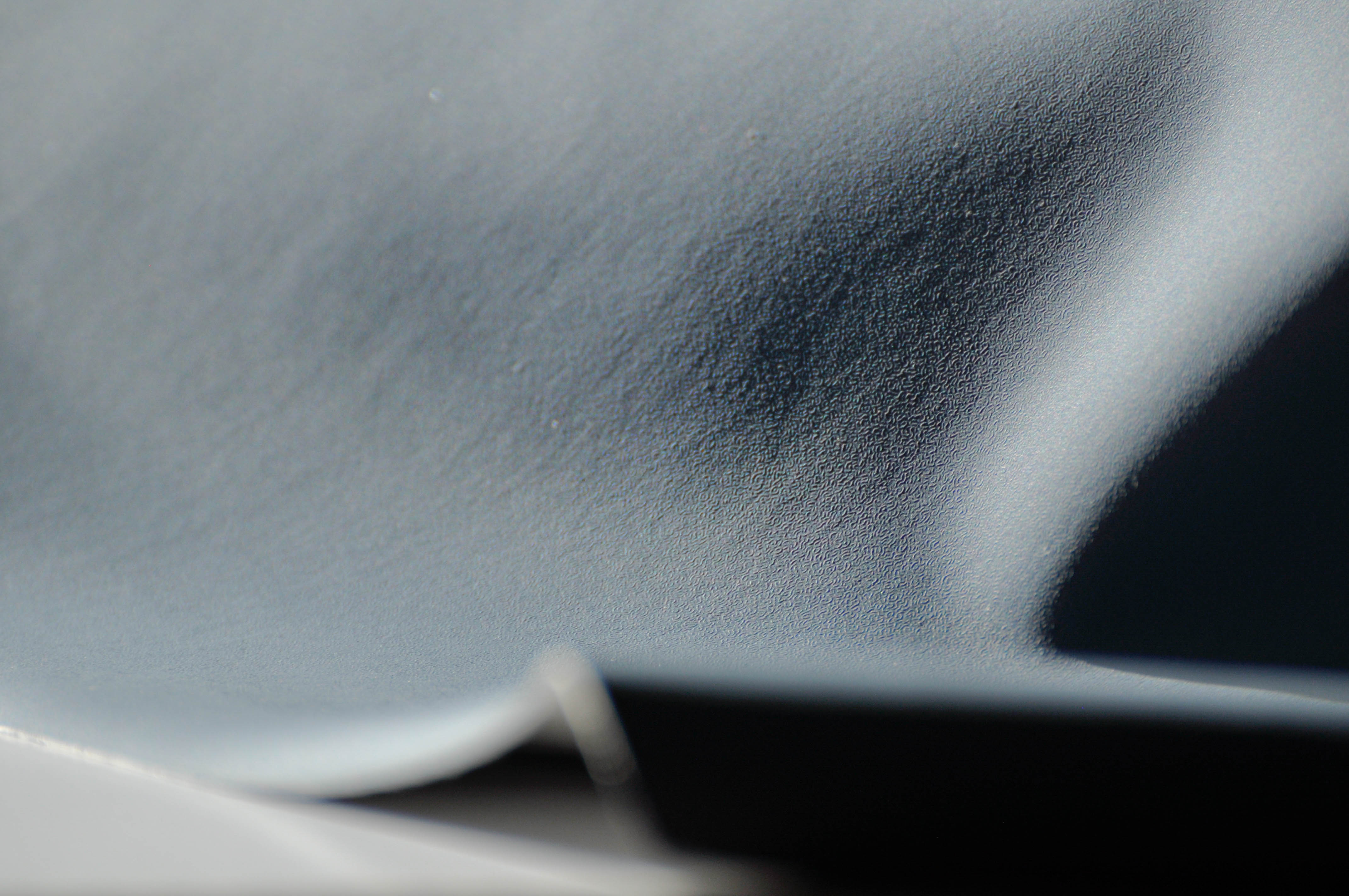
Free from harmful substances
OEKO-TEX
OEKO-TEX is an initiative of the German Hohenstein Institute and the Austrian Textile Research Institute ÖTI. The joint research unit of the institutes, based in Switzerland, has since its establishment issued over 120,000 certificates for more than 10,000 textile plants in about 85 countries all over the world. The OEKO-TEX quality certificate, awarded by German scientists since 1992, is one of the most important quality standards allowing to determine the safety of textile products that to a greater or lesser extent have contact with the skin.
Customers who see the Association for Research and Testing in the Field of Textil Ecology OEKO-Tex® (current company name) logo on the product can be assured of the high quality and safety of the substances it contains. The description of the certificate includes a statement about enabling companies from the entire textile chain and all consumers to make responsible decisions in favour of products that are harmless to health, environmentally friendly and produced under socially responsible conditions.
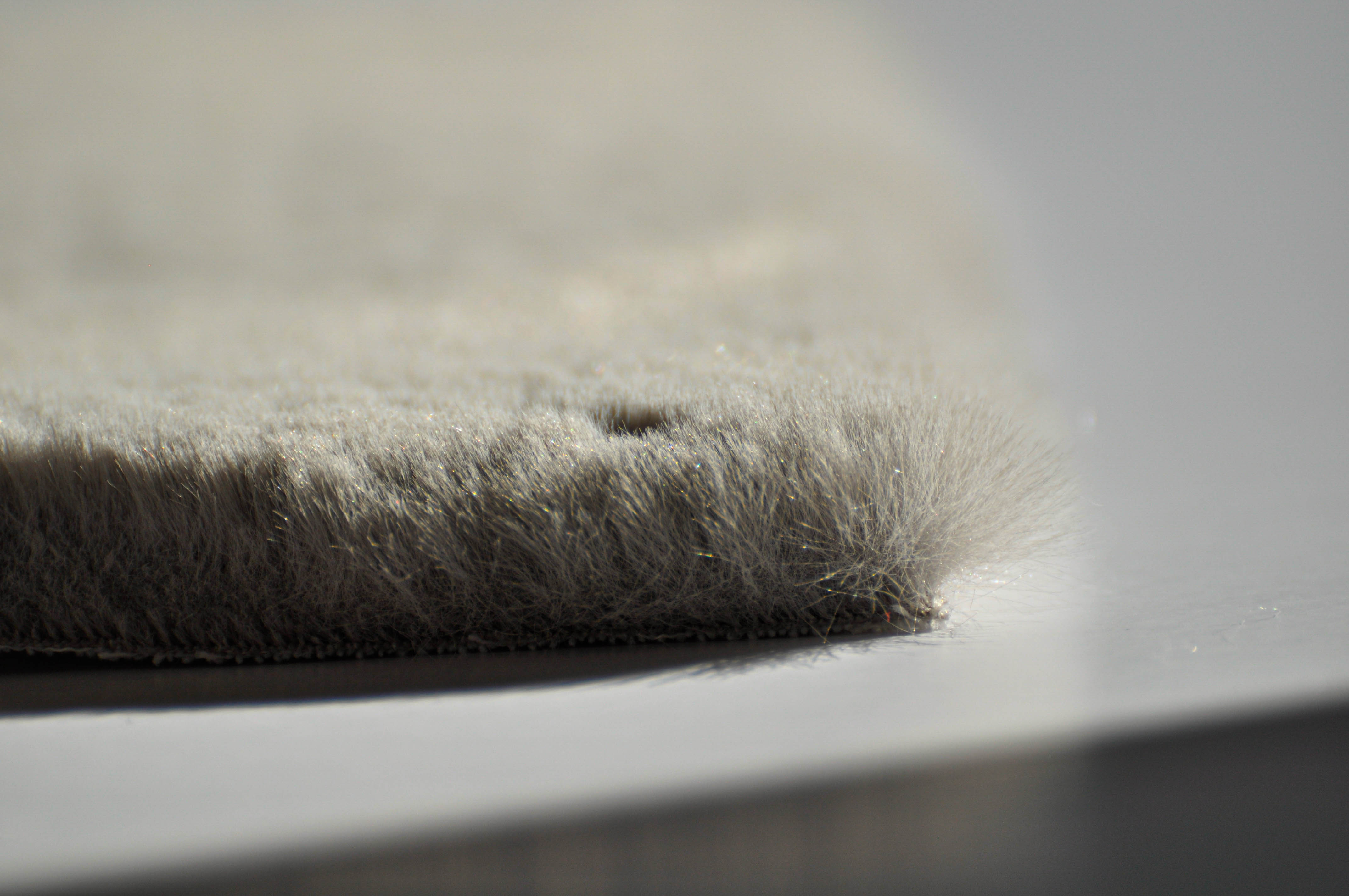
Many fabrics from the 2020 DEKOMA collection are Oeko-tex certified. These are: Agnello, Breve, Burano, Eclipse, Finley, Mollis, Morgan, Prato, Rustiq, Velutto, Como, Trenza, and Mellow.
As part of the certification process, the documentation proving the origin of raw materials is verified, and the fibre composition is also tested for hazardous and harmful substances. In a nutshell, the certificate means that the textile does not contain any substances harmful to human health. The organization pays special attention to the protection of products against hazardous substances not only due to the allergic reactions they cause after contact with the skin but also due to the possibility of their penetration into the body through the digestive tract (through saliva or sweat). In the face of the current global epidemiological threat, the latter aspect will certainly be treated with stricter attention. Certified textile products are marked with an emblem incorporating the logo, the name of the institute (or research unit of the issuer) and the certificate number. It can be a tag, separate label or insert.
Chemicals under control
The REACH regulation, which is another textile product safeguard, has impacted the chemical control system in the European Union.
REACH (Registration, Evaluation and Authorization of Chemicals) is a regulation of the European Parliament and the Council (EC) No. 1907/2006 which regulates the use of chemicals through their registration, evaluation and, in some cases, restrictions on the trade. This is a guarantee that chemicals used in the European Union (produced on-site or imported), for example for the production of fabrics, meet certain guidelines, the most important of which is that they do not contain harmful substances. The REACH regulation is directly applicable, without the need to implement it into the Polish law. It entered into force on 1 June 2007 and replaced or amended several dozen previously binding regulations. REACH is applicable within the territory of the European Union, Norway, Iceland, and Liechtenstein. Its implementation is supervised by the European Chemicals Agency in Helsinki.
As part of this regulation, a number of changes have been adopted to improve the management and control of trade in chemicals in the European Union. “New” and “existing” substances are covered by a common system, where the responsibility for carrying out the risk assessment and testing of a given substance is shifted from the authorities to the industry. Producers and importers are obliged to register substances they use. Throughout the supply chain, downstream users have been integrated into the chemical control system, which resulted in greater availability of information on the risks of potentially harmful substances. Virtually all chemicals are subject to the REACH regulation, which means that it affects most companies throughout the EU. Substances occurring in nature are exempt from registration, as long as they are not hazardous and have not been chemically modified.
Ubiquitous hygiene
More and more people pay attention to hygiene certificates when choosing and buying products. It is absolutely understandable that this also applies to textile products, as their use entails long-term and very tactile contact with our skin.
The Certificate of Hygiene
The Certificate of Hygiene was established by the regulation of the Minister of Health and Social Welfare of 12 March 1996 on factors harmful to health. The proper name of the certificate is Atest higieniczny PZH (the Certificate of Hygiene of the National Institute of Hygiene), as it is a document issued by a research and scientific institute, in this case the National Institute of Hygiene. An attestation or a certificate issued by the National Institute of Hygiene for a given product certifies its safety for human health and the environment. The producer may label their products as having the Certificate of Hygiene. The certificate may become invalid before its expiration if there is a change in the production technology or product composition.
Disinfection and antibacterial properties
In the face of the recent pandemic, more and more users will expect the possibility of cleaning and disinfecting textiles used not only in public buildings or hospitals but also in private flats and houses. Manufacturers should confirm with relevant certificates and a guarantee of proper use and maintenance, that the fabric is maintenance and easy clean. Global certificates of this kind include:
Sanitized AG, a sanitary certificate confirming that the fabric is protected against the penetration of bacteria and viruses with a suitable film.
EN ISO 9002, a health and anti-allergy certificate for textiles manufactured using the Aegis Microbe technology, which guarantees freshness, hygiene, and protection against the spread of microorganisms, while making the fabrics resistant to cleaning and repeated washing at temperatures up to 60⁰C.
EN 12720, for fabrics used in hospitals and clinics, with surface resistance to blood and urine. It is most likely that more certificates of hygiene will soon be introduced, including those guaranteeing viral resistance. Even today, manufacturers protect us against disease spread using the knowledge of finishing processes during production.
The final stage of fabric production involves several finishing processes that protect the fabric hygienically, and then preserve these properties with the use of high temperatures (steam, proper drying, etc.). All this allows for similar maintenance and disinfection of fabrics protected in this way.
Steamer with a minimum steam temperature of 70⁰C guarantees disinfection of many fabrics, provided that the steam jet is skilfully used and held at a certain distance from the surface. To enhance the disinfection effect, it is recommended to use ozone or ultraviolet rays. Alcohol-based chemical cleaners are definitely not recommended, as they can damage and ruin the fabric, causing e.g. colour fading.
Fabrics used in the session:
Upholstery fabric with a rabbit fur structure. It is a bold proposal, which applied to furniture will be a strong point of any interior design project. Mellow is available in 3 colours - cream, grey and pink. It is recommended for rooms in boho- or glamour-style or can be used for accessories in the children's room. The fabric has a high weight and despite its seemingly delicate structure, it has abrasion resistance of 20,000 Martindale cycles. Suitable for dry cleaning.
Dusty is an effective, thick velour with muted color scheme and a subtle "dimming" effect on the surface. This upholstery fabric that perflectly matches white, pastels, natural and bleached wood or fashionable brass and gold. Can be used in interior referring to the popular shabby chic and glamour style: lounges, bedrooms or wardrobes. It's classic, timeless fabric with fashionable touch of silvery glow, will help you build an elegant atmosphere in private and public interiors. Available in 30 colors - cool hues: greens, blues and grays which correspond to the classic blue chosen for the color of the year 2020, symbolizing the search for peace, confidence and trusting the beginning of the new decade of the XXI century.
Magic Premium is imitation leather with a delicate pattern resembling natural leather. It makes a great solution for furniture upholsterig as it is durable and easy to manitain. Flame retardant in accordance with EN 1021 1 and 2. Perfect for public utility buildings. The wide range of 30 colours allows for designing interiors in various styles. Note: Discolourations caused by denim or other textiles shall not be considered the basis for a guarantee claim. Phthalate-free, safe for human health. The product is available upon orders of at least 1 m.
Corduroy is a kind of velvet in drone cross stripe. It used to be used mainly for sewing clothes, nowadays it apprears more and more often as an upholstery material. An example of such a fabric is velutto - densly woven corduroy of high weight. It is especially recommended for furniture with simple, geometric form, which is characterized and enriched by its texture. A subdued palette of 21 velutto shades, inspired by the colors of nature, brings peace and harmony. The hippie chic velutto perfectly fits into the boho interiors : with ethnic furniture and decorations. In such arragements it can be combined with smooth velours, rich embroidery, leather, fur or jeans.

